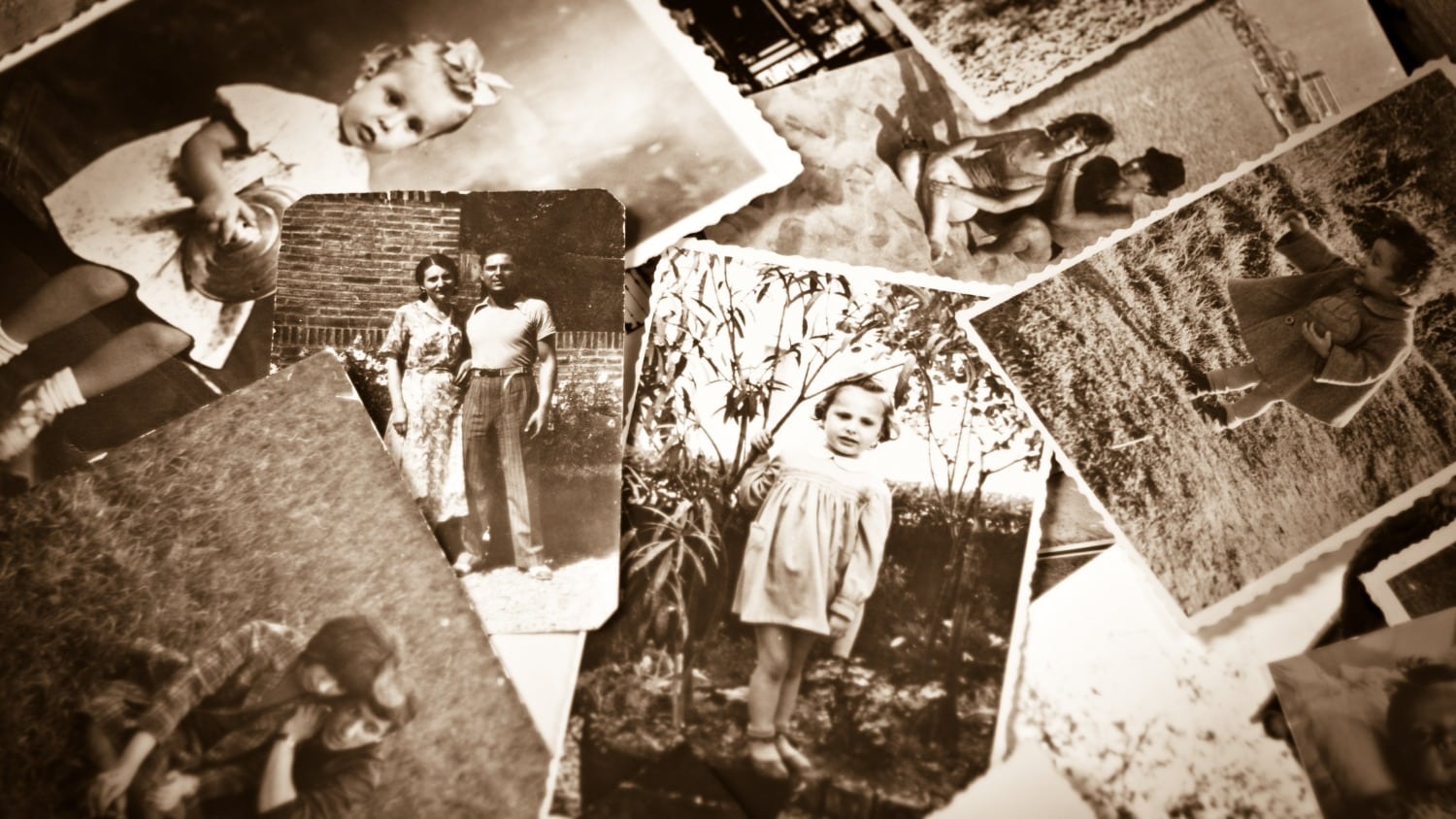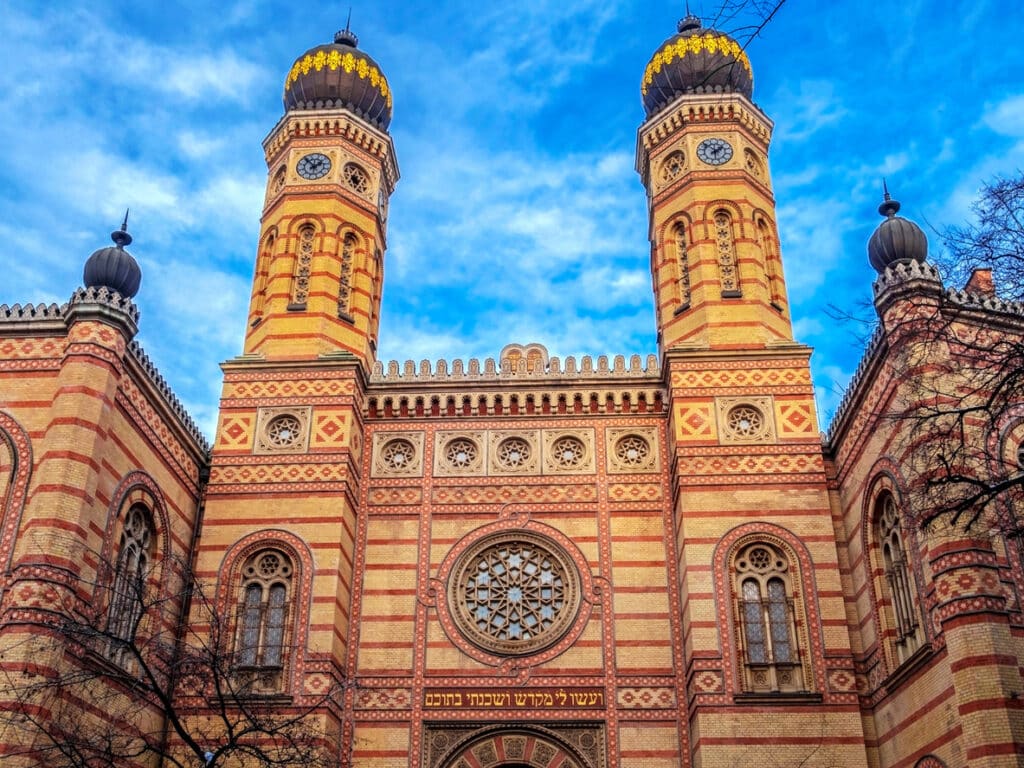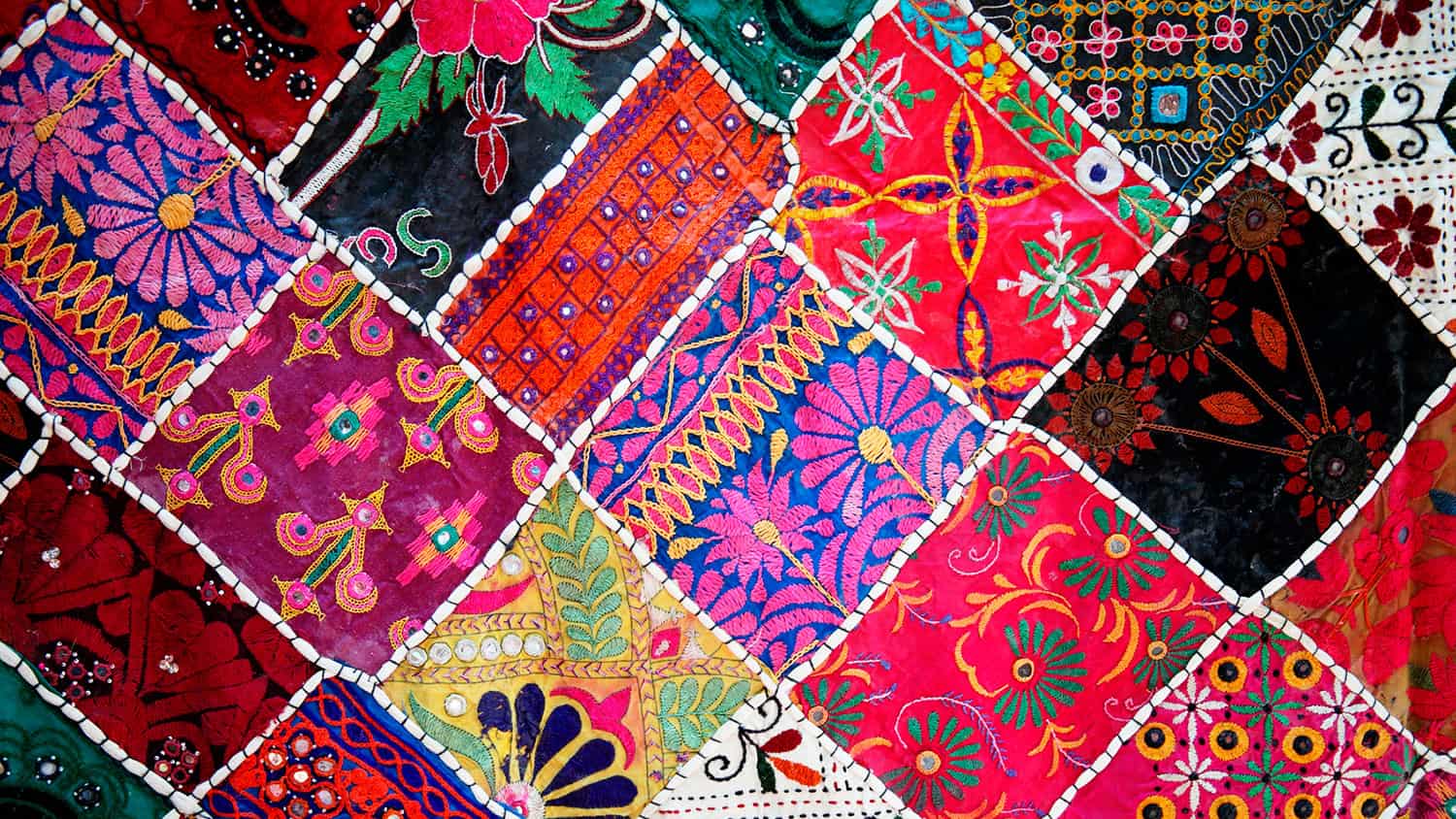
Ancestry Travel: A Sobering Experience
It is not unusual for folks of retirement age to complete a bucket list visit to one’s ancestral home. My husband initiated this practice even before he knew me. In those days before the internet, on a trip to Scotland, he relied on the common phonebook to connect with folks who shared his last name.
Even after we married, I accompanied him to the Dublin neighborhood where his great grandfather worked as a barrel maker at the Guinness Factory. We also explored his Scottish roots in Argyle, delighted to see there was a pub called The Langmuir Tavern.
Benefits of Studying One’s Ancestry
There are many valuable reasons why pursuing one’s family history is so popular today. Our generation was introduced to the idea in 1977 with Alex Haley’s popular program, Roots. As the captivated American audience watched, popular ideas about the origin of African Americans in our country were overturned with each weekly episode, replaced by the shocking reality. In fact, all of us probably share disturbing events with our ancestors, we just don’t always know about them.
There are 22 million people who have tested their DNA and pursue their own stories through sites like Ancestry.com. It is a common retirement pastime. Benefits include finding new family members, clarifying health issues, personalizing history, developing richer and deeper cultural understandings, and gaining government benefits such as obtaining a passport from their country of origin. More importantly, genealogy seekers develop compassion and appreciation for the struggles of ancestors who paved the way for a better life. Undoubtedly, everyone’s relatives sacrificed for our easier lifestyles.
What Were My Family Origins?
My own DNA test from Ancestry.com revealed my heritage was 100% linked to the Ashkenazi Jews in Central and Eastern Europe. No surprise there. Being of a certain age, it was time to travel to Prague, Budapest and Krakow. A visit to the specific city of Zamosch, Poland, my grandparents’ city of origin, was vetoed because of its proximity to Ukraine.
Migrationpolicy.org tells us that it took approximately 3-4 generations for Europeans arriving in America in the 1920s to assimilate. I am a member of Generation 3, and before this journey, I considered myself fully assimilated. Writing in the New York Times Magazine, Laila Lalami defines assimilation as becoming like other Americans, gaining fluency in the dominant language, attaining some degree of educational or economic success, and having a familiarity with the history and culture of the country.
I checked all these boxes and furthered the assimilation process by marrying outside my religion. I also consciously chose a new spiritual practice for myself which did not involve keeping Kosher or weekly synagogue attendance. I am in good company with the large number of lapsed Christians and Jews in the US.
Bearing Witness
Our travels took us to Auschwitz and the Jewish Quarters, as they are known, in all three cities. I learned that King Casimir the Great invited the persecuted Jews of Western Europe to Poland and the surrounding areas in 1343. The Jews thrived for almost 600 years, until the Holocaust.
I was no stranger to Jewish history. I grew up in an ethnic neighborhood which was almost entirely Jewish. Merchants in my neighborhood had tattoos on their arms from the camps. I was forever feeling left out of all conversations between my mother and grandmother, because they were conducted in Yiddish. I remember meeting my grandmother’s sister at the docks in New York when she arrived in the US in 1960, after emigrating from Israel. I went to Hebrew School until I graduated from High School.
I was not prepared to be shocked, in any way, with what I experienced in Eastern Europe. That was not the case. In every Jewish Quarter, synagogues from the Middle Ages remained, along with eerie, crooked, ancient tombstones. Magnificent new synagogues were built in Prague and Budapest in the 19th century, but just a very few families are current members. In perfect condition, one even seats 3000!

The infrastructure of homes, book and Judaica stores, restaurants, and even Schindler’s factory remain, but chillingly, the places are completely devoid of their original residents. The emptiness is what still resonates with me.
The story is the same in all the cities. Property was systematically confiscated, ghettoes and walls were erected, and the Jews were sent to the 23 main camps or 1000 satellite camps for work or extermination.
When Trauma Is a Component of One’s Ancestry
This legacy trip was obviously so different than my travels to Ireland and Scotland with my husband. Curiosity about one’s past is a healthy activity. It can’t be minimized, as it seems to be an essential missing ingredient from adoptees’ lives. Knowing where we come from, our cultural traditions and history seem to be a basic human right.
However, when trauma is involved, the healthy curiosity takes an unexpected turn. This type of travel becomes quite visceral. Surprisingly, it is possible that there is a genetic component to one’s past. Dr. Rachel Yehuda of New York’s Mt. Sinai Hospital has discovered an “epigenetic inheritance” in a study of 32 Holocaust survivors.
Epigenetics is the study of how one’s environment can affect the genes of future generations. Her groundbreaking work discovered that the trauma of ancestors can be passed to future generations. Her work has great implications for any sufferers of trauma, and for all of us whose ancestors suffered in their homelands.
By being physically present at Auschwitz and the Jewish communities in Eastern Europe, I developed a crisper focus of my family history. At Auschwitz, a large photo depicted the residents from my grandparents’ town being exiled by the Germans. Among the hundreds of suitcases which were marked for expected reunification with their owners at the camps, I saw one marked “Sara,” the same unusual spelling of my mother’s name.
The study of genealogy and heritage travel can be sobering experiences. Although we are not privileged to all the stories in our past, undoubtedly, they quietly exert their influence on us today.
Let’s Have a Conversation:
Have you studied your ancestry? What was your motivation? Did you uncover any surprises? Have you visited your ancestral land, town or home? What was the feeling?
Tags Creativity







This is a note to the author: I love this story! I am the host of a small Travel Club for a local “Institute of Lifelong Learning” which is an educational enrichment program for seniors. The topic for our March Club session is “Tracing Ancestors While Traveling.” Would you be willing to give a short (30-45 mins) presentation on your experiences as related here? It would be via Zoom, on March 4, 2024 at 11:00-noon ET. The College will provide a small stipend for your presentation. If you are interested, please email me at marcy.gouge@gmail.com. Thanks!